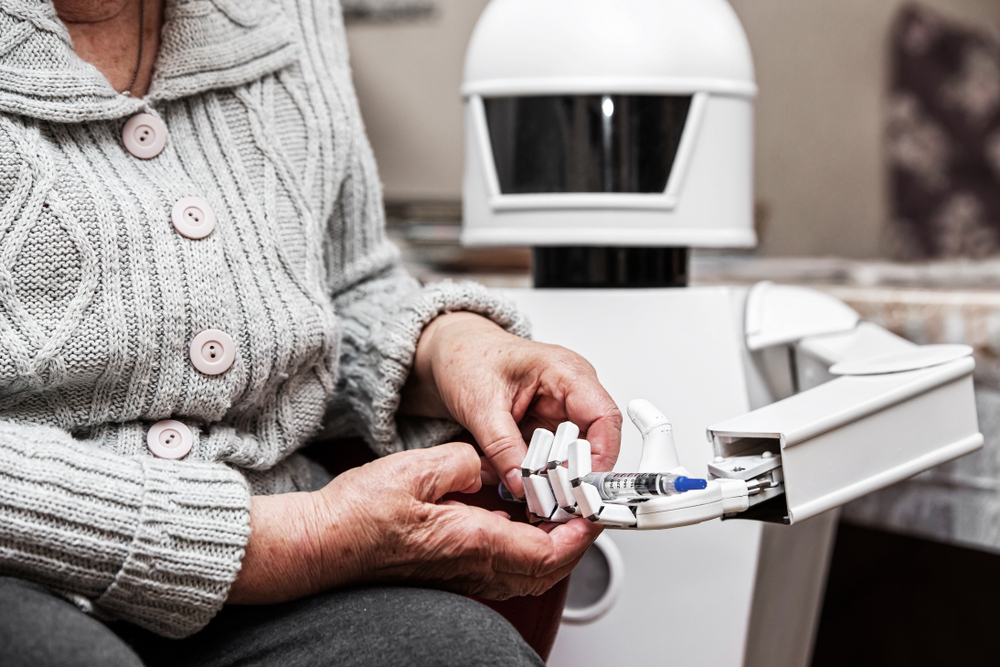To meet demand, care robots are being deployed to reduce staff workload and improve patient experience. Here, Dave Walsha, sales manager at small DC motor supplier EMS, explains how humanoid robots can revolutionise patient care and how micromotors are key to their functionality.
From lifting patients and delivering lab samples, to cleaning and providing companionship, care robots can help with a range of tasks across a hospital or care setting. With nurses spending up to a third of their shift on menial tasks such as collecting equipment, the expectation is that care robots will be able to take ownership of these more mundane jobs, letting health staff focus on more important tasks.
Sending in the bots
By helping to ease the strain on healthcare workers, care robots can also help to tackle the growing problem of worker shortages. This is a more prevalent issue in some countries than in others, such as Japan where almost a third of the population is over the age of 65. The country predicts that it will have a shortage of almost one million workers in the healthcare sector by 2040, so it comes as no surprise that Japan is leading the manufacturing and implementation of care robots.
Paro, a fluffy robot designed to look like a baby harp seal, is just one example of a Japanese care robot. Paro responds affectionately to being stroked and spoken to, with an AI element that means it can change the way it behaves based on the user’s reactions. Proven to help calm dementia patients, Paro has also been found to reduce loneliness, which is another issue more common in older demographics.
Japan isn’t the only country investing in care robots. Over in the US, several hospitals have successfully implemented Moxi, a one-armed humanoid robot. After an initial tour, Moxi can create an internal map of the care facility, which it can use to travel between departments, and onboard sensors help it to avoid collisions with people or objects. Its robotic arm enables it to open doors alone, and its secure storage compartment means Moxi can safely collect medicines and deliver them around the hospital.
Designed to care
To meet the complex needs of humanoid robot design, engineers need to make wise choices in the components they use to build care robots and that includes choice of DC motor. FAULHABER’s SR motor series is ideal for healthcare robot applications. Supplied by EMS in the UK and Ireland, the motors are designed for optimum power and performance while minimising weight and size.
Using smaller micromotors can help reduce the size of robot limbs, ensuring that the robot can operate in the same space as a human. This allows the care robot to reach into smaller spaces to retrieve objects, such as a prescription in a medicine cupboard.
Larger DC motors can add unnecessary weight to robots, impacting how easily move around. Ironless DC motors are recommended instead, which have a lower mass and inertia. This allows for more precise speed control and access to faster acceleration and deceleration rates, ultimately helping the care robot to fulfil its tasks more quickly.
Having a high power-to-weight ratio is also important, as using lighter, more efficient components can extend the life of the robot on a single battery charge. Most hospitals and care settings operate around the clock, so it’s important that the robot can be equally available and doesn’t constantly need to recharge.
The demands of the medical industry and its patients remain high. Care robots are changing the perception of healthcare, and ultimately helping to improve the experience of both staff and patients. Powered by precision motors, the opportunities for care robots are vast, and they are sure to deliver a human touch to automated processes.














